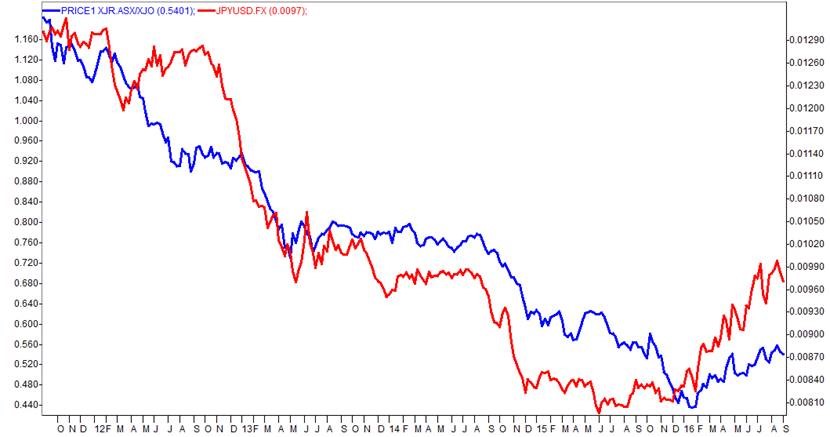Ringing the bell on global mining equities

Mason Stevens
The sector has followed global dollar liquidity and broader Chinese macro indicators, which we expect to get seasonally slower over the next few months. On the stock side, we would argue that the self-help alpha stories of improving balance sheets, cost cutting, and CapEx are now priced in. The one valuation metric where the mining companies look 'cheap' is on spot free cash flow yield but this is not being translated into dividend yields and therefore requires investors to make a leap of faith and HOPE that management will give them cash back. We think this risk is not worth taking, and we think value is c.20% down from here."
Citi adds that "Steel companies in the EU/US with inferior positioning on the global cost curve could see a significant boost in cash flow from comprehensive or near-comprehensive protectionist measures. Protectionist measures could remain in place for several years, possibly longer, by virtue of the long drawn out process of challenging and overturning such measures. Steel stocks in this region tend to be under-owned and/or disliked by investors due to historical poor competitive positioning."
With respect to iron ore Citi states, "We maintain a bearish view on iron ore, but see some short-term upside thanks to better-than-expected Chinese steel output. The Big 4 [Vale, Rio Tinto, BHP & Fortescue], Minas-Rio [Anglo American] and Roy Hill [Hancock Prospecting] are likely to bring 60Mt p.a. of incremental capacity online in 2016 and 50Mt p.a. on top of that in 2017. Costs at major miners have likely bottomed." Citi forecasts the iron ore price to come down from the current spot price of around US$59/tonne to US$46/tonne by the end of 2016 and US$38/tonne by the end of 2017.
Citi is not alone in expecting the iron ore price to fall. Goldman Sachs’ view is that the iron ore price will "sustain below US$40/tonne in the medium and long-term." We would add that with global merchandise trade growth virtually non-existent and protectionist measures on the rise it is not a particularly sustaining environment for commodity prices at the moment.
In the Australian context, we highlight in the chart below the relative performance of the ASX 200 Resources index against the broader ASX 200 index (the blue line) and the JPYUSD exchange rate (the red line).
The first thing to note from the chart is that the Australian Resources sector has been outperforming the market since the start of 2016. But it has only recovered a fraction of the ground lost in terms of underperformance over the preceding five years. Secondly, the direction of the US dollar can have a large bearing on the setting of commodity prices, given that most of them are set in US dollars.
The long period of Resources underperformance from 2011 to the end of 2015 coincided with a strengthening US dollar. Since the start of 2016 though it has been a different story, with the yen strengthening against the US dollar as a "safe haven" play. The weaker US dollar coincided with higher USD-denominated commodity prices and Resources sector outperformance.
More recently, since the Fed's Jackson Hole comments around the possibility of a US rate hike or two this year, the US dollar has rallied off the 100-yen level and might strengthen further (note the red line shows the inverse JPYUSD exchange rate). If the US dollar does strengthen over the next 6-12 months on the expectation of a rising interest rate differential, it will likely depress USD-denominated commodity prices and be a drag on Resources sector relative performance.
A stronger US dollar would certainly be welcomed by the central banks of Australia, New Zealand, Japan and elsewhere who have been futilely trying to reverse the unwanted appreciation of their currencies.
Bell ringing in the mining sector is difficult at the best of times. There have been many false alarms and false dawns over the years. However, the above scenario may just ring true.
Article contributed by Mason Stevens: (VIEW LINK)
4 topics
3 stocks mentioned

Responsible for identifying domestic and international equity investment opportunities. 25 years of financial markets experience as an equity strategist, economist, analyst, portfolio manager and consultant.
Expertise

Responsible for identifying domestic and international equity investment opportunities. 25 years of financial markets experience as an equity strategist, economist, analyst, portfolio manager and consultant.

